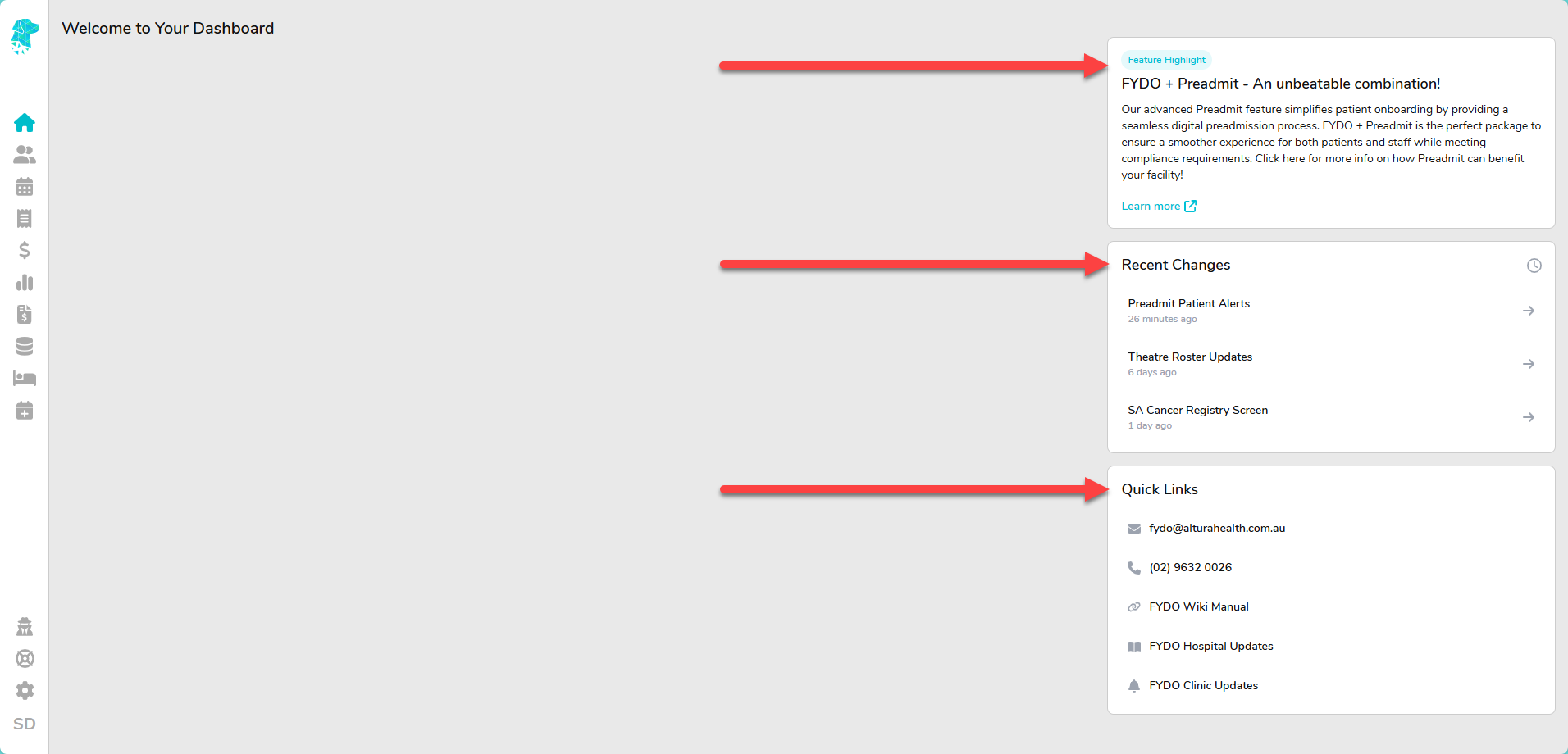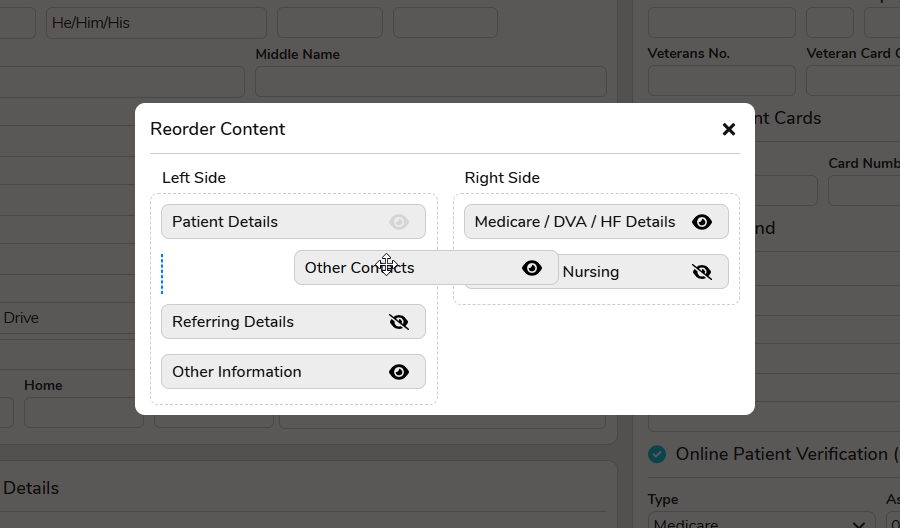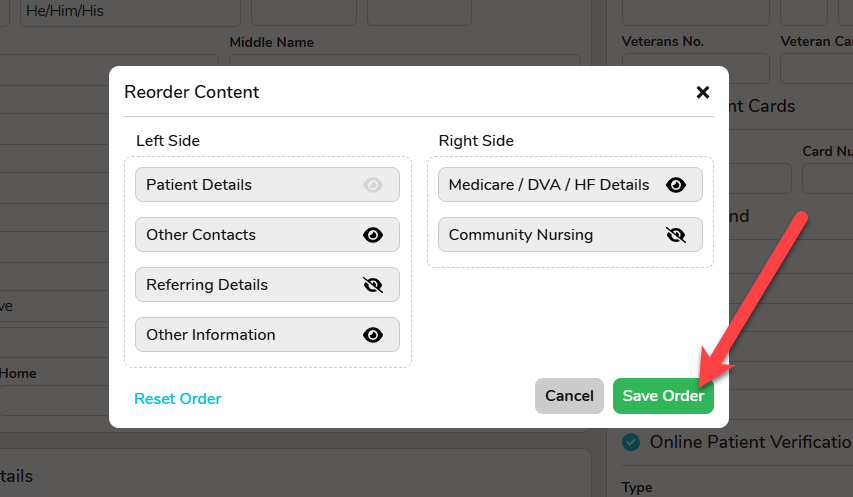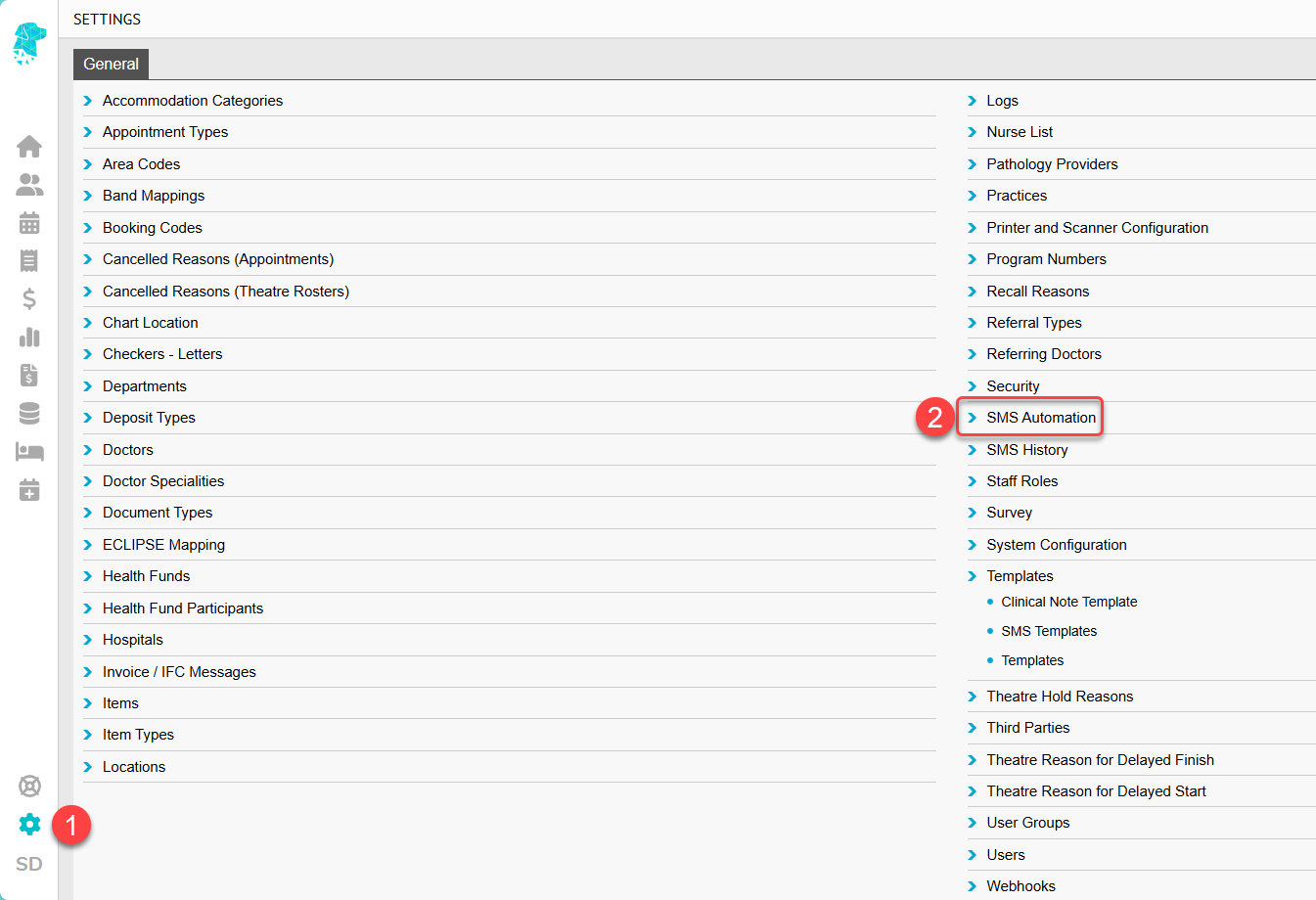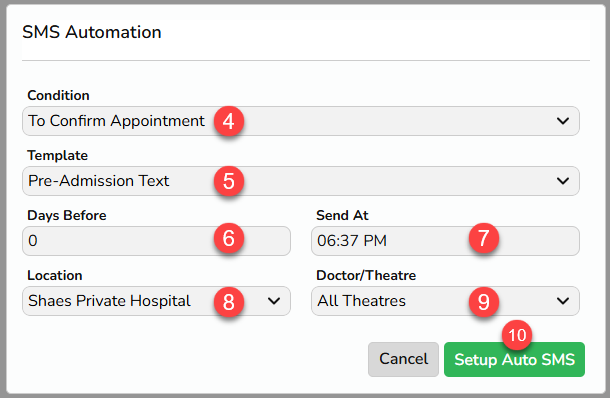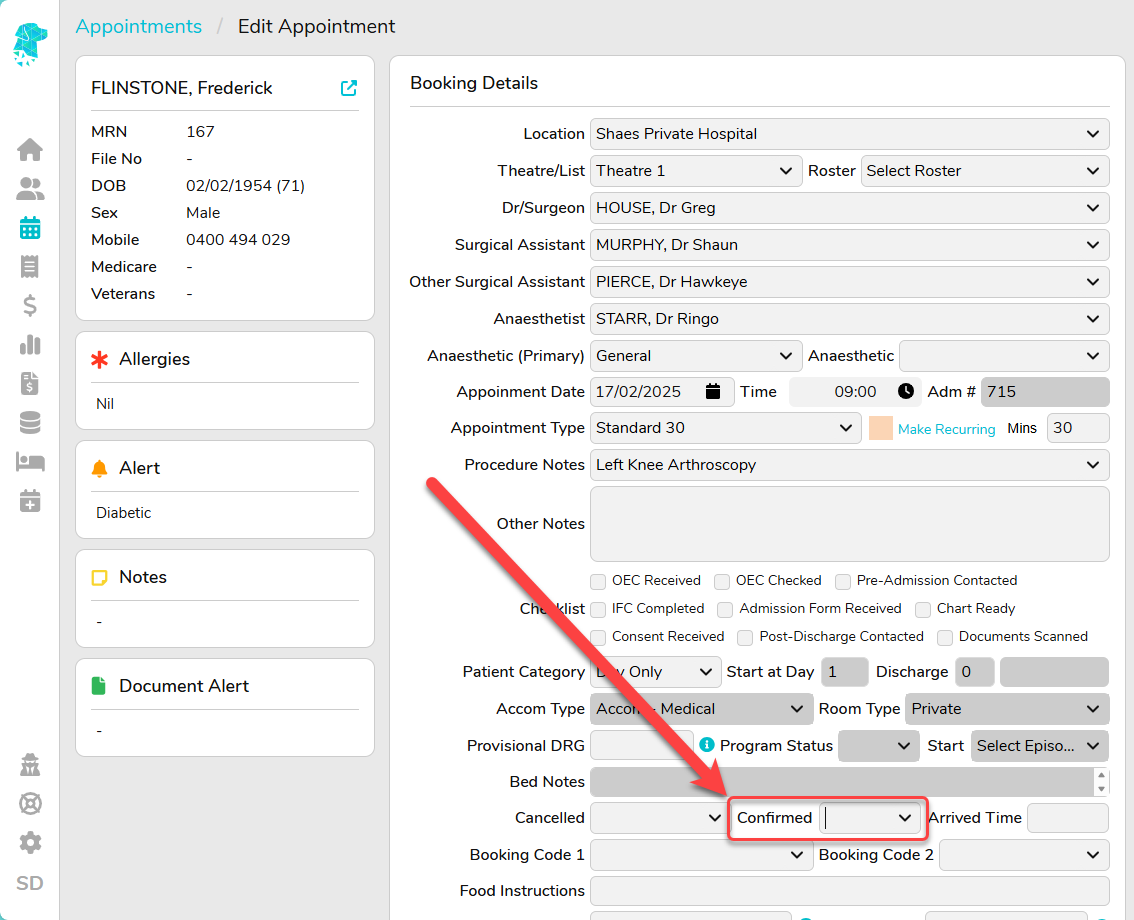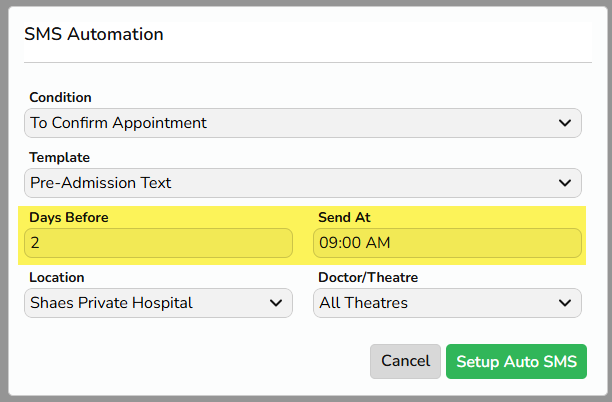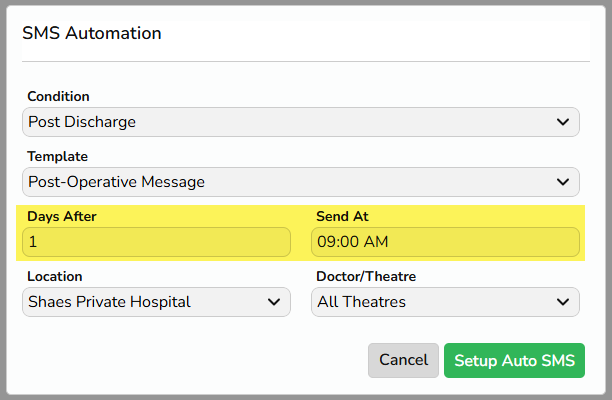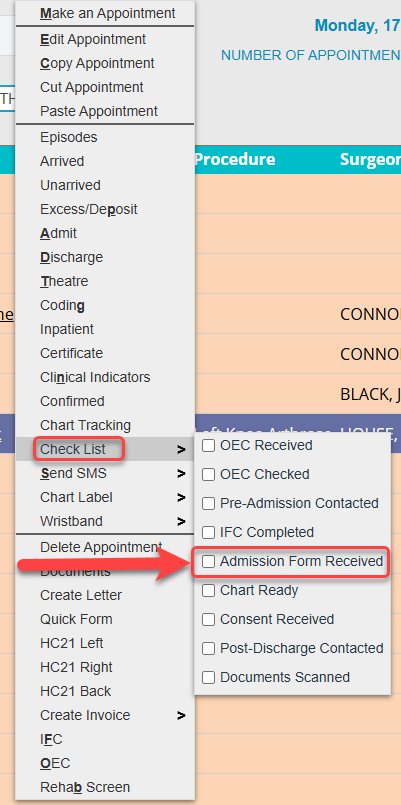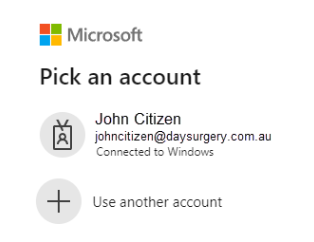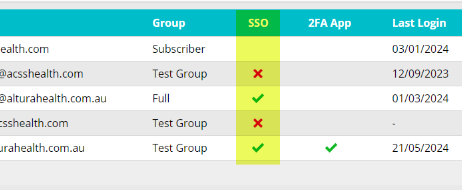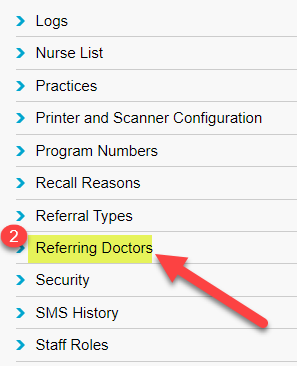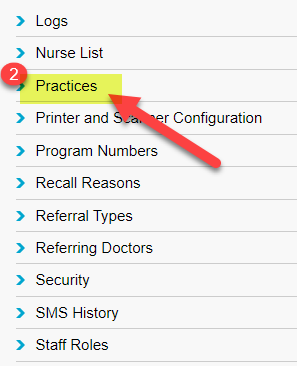Importing Allied Health Claims
To save time double handling your claim data for your allied health services, import your data into FYDO and have the claims paid within 1-3 business day by Medicare / Department of Veterans Affairs.
We accept two file formats (excel and XML) to import your claim data.
Minimum Data Set
Everything is mandatory unless stated otherwise.
- Patient Info
- External Patient ID
- First Name
- Middle Initial (optional)
- Last name
- Date of Birth
- Gender
- Medicare Number (conditional – if a Medicare claim)
- Medicare Reference Number (conditional – if a Medicare claim)
- Veterans Number (conditional – if a Veterans claim)
- Accepted Disability Indicator (conditional- if a Veterans claim)
- Accepted Disability Text (conditional- if a Veterans claim)
- Claimant Details (conditional – required for Patient Claims only)
- Bank Account Details (conditional – required for Patient Claims only)
- Claim Data
- Type of Service
- Service Type Code
- External Invoice ID (optional)
- External Servicing Provider ID
- Veterans Service Type
- Treatment Location (conditional – if a Veterans claim)
- Benefit Assignment Authorised (for xml only)
- Referring Dr Title (optional)
- Referring Dr First name (optional)
- Referring Dr Last name (optional)
- Referring Dr Provider Number (conditional)
- Referral Date (conditional)
- Referral Type (conditional)
- Date of Service
- Time of Service (conditional)
- Item
- No Of Patients Seen (conditional)
- Distance in KMs (conditional)
- Charge (optional)
- Service Text (optional)
Notes
External Patient ID – this is required so we can uniquely identify the patient. This must be unique to the patient. Everytime a claim is imported, we override the patient details (e.g. first name, last name) for a patient with that same external patient id.
Token name is: ExternalPatientId
Patient Name – The first and last name are mandatory, the middle initial is not.
Tokens available:
- PatientFirstName
- PatientSecondInitial
- PatientFamilyName
Gender – patient gender.
- F = Female
- M = Male
- I = Indeterminate/Intersex
- N = Not Stated/Inadequately
Token name is: PatientGender
Address – patient address, since this is optional (not required by the ECLIPSE), unless you want to build your patient database in FYDO, leave the address tokens empty.
Tokens available:
- PatientAddressLine
- PatientAddressLocality
- PatientPostcode
Patient Medicare / Veterans card – this is conditional.
If the Type of Service is set to M or P, then the Medicare Number and the Medicare Reference are mandatory.
If you plan to use the Excel format, you do not necessarily need a column for each. You could just use the Medicare Number column, and insert the Medicare number or the Veterans number, and then based on ‘Type of Service’ we will know what to expect.
You could format the Medicare number anyway you like
e.g. 211111111 or 2111-11111-1 or 2111 11111 1
The Medicare reference is mandatory. However, if you cannot provide it in the file, we will assume it as 1 and then Medicare will still assess and pay the claim if everything else is correct. Medicare just wants a value in there. It cannot be 0 or empty.
If the Type of Service is set to V, then the Medicare and Reference Number are not required, but the Veterans number is.
Tokens available:
- PatientMedicareCardNum
- PatientReferenceNum
- VeteranFileNum
Date Of Service – This is required to specify the date the service was provided.
Token name is: DateOfService
Time Of Service – This is only required when the service being claimed requires the specific time the service was rendered. Format HHMM, expressed in 24 hours time e.g. 1435 for 2:35 pm.
Token name is: TimeOfService
Type of Service – this sets the type of claim, i.e. a Medicare (bulk bill) or a Veterans claim.
- M – Medicare
- V – Veterans
- PC – Patient Claims
Token name is: TypeOfService
Service Type Code – this sets the service type, i.e. General or Specialist This should be set to Specialist.
- S – Specialist
Token name is: ServiceTypeCde
Veterans Service Type – Indicates the type of claim, only required if ‘Type of Service’ is V for Veterans. If your services does not fit one of these categories, then it is not required.
- F – Community Nursing
- G – Dental
- L – Optical
- I – Speech Pathology
- J – Allied Health
- K – Psych
Token name is: VaaServiceTypeCde
Treatment Location Code – This is only required when ‘Type of Service’ = V (Veterans). For non Veterans claim, keep the token in the file, simply without a value.
- V – Home Visit
- H – Hospital
- R – Rooms
- N – Residential Care facility
- C – Community health centres
Token name is: TreatmentLocationCde
External Servicing ID – If you are billing under the one provider number, you can skip this field. If however you are billing under multiple provider numbers then we will need something to identify which provider number to use. You do not have to provider the actual provider number, you can place your own unique code, and we will map that code to your actual provider number.
Token name is: ExtServicingDoctor
External Invoice ID – This is only required if you want to import the data back into your main system. Once claims are paid, we can send you a file back, with your external Invoice ID and Patient ID, so you can match it to the correct invoice/patient. But if you do not intend to import the data back, then you can skip this field.
Token name is: ExternalInvoice
Accepted Disability Indicator – indicates whether the service rendered are for a White Card holder and the service is in accordance with the White Card condition. The back of the DVA card for White Card holders will list any exclusions, e.g. hearing, imaging etc. If the card is not white, then default this to N – No.
Y – Condition treated relates to a condition for a White Card holder
N – Condition does not relate to a condition for a White Card holder
If you answer Y – Yes, then you must add text to the Accepted Disability text field.
Token name is: AcceptedDisabilityInd
Accepted Disability Text – free text used to provide details regarding the condition being treated in conjunction with Accepted Disability Indicator.
Examples of the text could be the reason for the service. In the case of community nursing, simply add ‘community nursing’.
Token name is: AcceptedDisabilityText
Benefit Assignment Authorised – Indicates that the patient has authorised the assignment of their rights of benefit to a provider. Always indicate authorised.
Required when ‘Type of Service’ is M or V, not required when Service Type = P. If set to N, the claim will not import.
- Y – Authorised
Token name = BenefitAssignmentAuthorised
Number of Patients Seen – this is only required when the item number being billed requires it. For example, home visits, you will need to specify the number of patients seen in that session.
If 5 patients were seen in one session by one provider, then all 5 patients would have a 5 as the ‘Number of Patients Seen’. This does not reset or is grouped by item number, but rather the entire visit.
Token name is: NoOfPatientsSeen
Distance in KMs – this is only required when you travel to see the patient where the distance travelled is over 10 kms and when the service type is Veterans. Only applicable when the ‘Type Of Service’ is Veterans.
The value should be an integer, no decimals.
Token name is: DistanceKms
Referring Provider Number – provider number of the referring doctor. This is a conditional field. If the type of claim requires referral details, then include it, otherwise leave blank.
Token name is: ReferringProviderNum
Referring Dr Title / First name / Last name – these are optional, but we would recommend including it in the file. But not a deal breaker.
Tokens available:
- RefDrFirstName
- RefDrLastName
- RefDrTitle
- RefDrAddress
- RefDrSuburb
- RefDrState
- RefDrPostcode
- RefDrPhone
- RefDrfax
- RefDrEmail
Referral Period – This is the Referral Period in months. This should be set to either 3 (Specialist), 12 (GP) or 99 (Indefinite)
Token name is: ReferralPeriod
Invoice / Claim Amount [Total] – this is not required, as FYDO can work out the amount per item and thus the total charge for Bulk Billed claims. If however, you are not charging the Medicare/DVA rate, then you will need to provide the total charge amount.
Token name = BClmAmt
Charge [for each Item] – you do not need to provide any amounts as Fydo can work out the amount when we import the data. If however, you are not charging the Medicare/DVA rate, then you will need to provide the charge amount for each item.
Token name = ChargeAmount
Only applicable to Patient Claims i.e. Type of Service = PC
Claimant Details – provide this if the claimant is other than the patient. If required, then the following is mandatory: First name, Surname, Medicare Number, Medicare Reference Number, Date of Birth. An example of when this is required, is when the patient is a child under 18 years of age.
The address is not required, It is only required if you need to indicate a temporary address. The address cannot be a PO BOX.
Tokens available:
- ClaimantFamilyName
- ClaimantFirstName
- ClaimantDateOfBirth
- ClaimantMedicareCardNum
- ClaimantReferenceNum
- ClaimantAddressLine1
- ClaimantAddressLine2
- ClaimantAddressLocality
- ClaimantAddressState
- ClaimantAddressPostcode
- ClaimantPhone
Bank Details – Only required if the claimant wishes the payment to go to a different account to what they have registered with Medicare.
Account Paid Indicator – Indicates whether or not an account has been paid in full.
Token name = AccountPaidInd
Claim Submission Authorised – Indicates that the claimant has authorised the location to submit the claim on their behalf. Must be set to Y to submit the claim.
- Y – Authorised
- N – Unauthorised
Token name = ClaimSubmissionAuthorised
Patient Contribution [Total] – Indicates the total the patient has paid for the claim.
Patient Contribution [for each item] – Indicates the amount the patient has paid allocated to the item.
Returned Files that can be imported back into your system
This is an optional step and is useful provided your main system can import files.
Read more at Claims Import – Returned Files – FYDO Wiki
